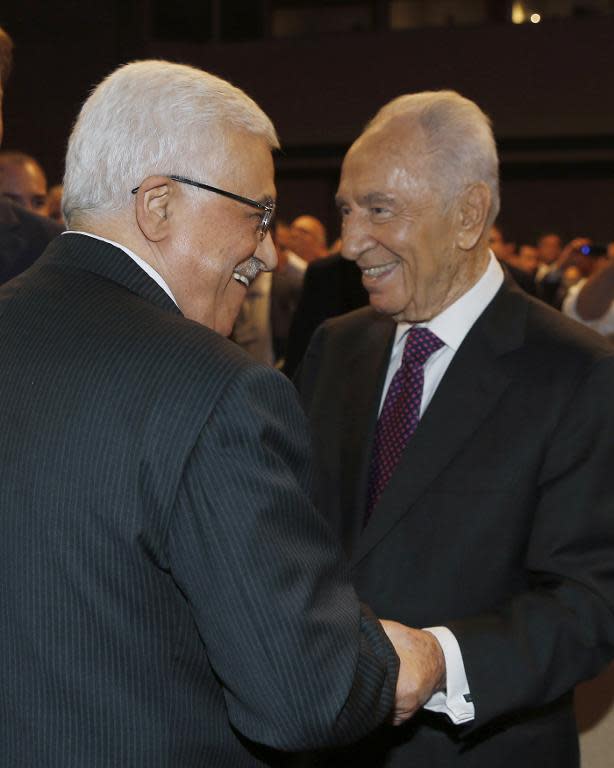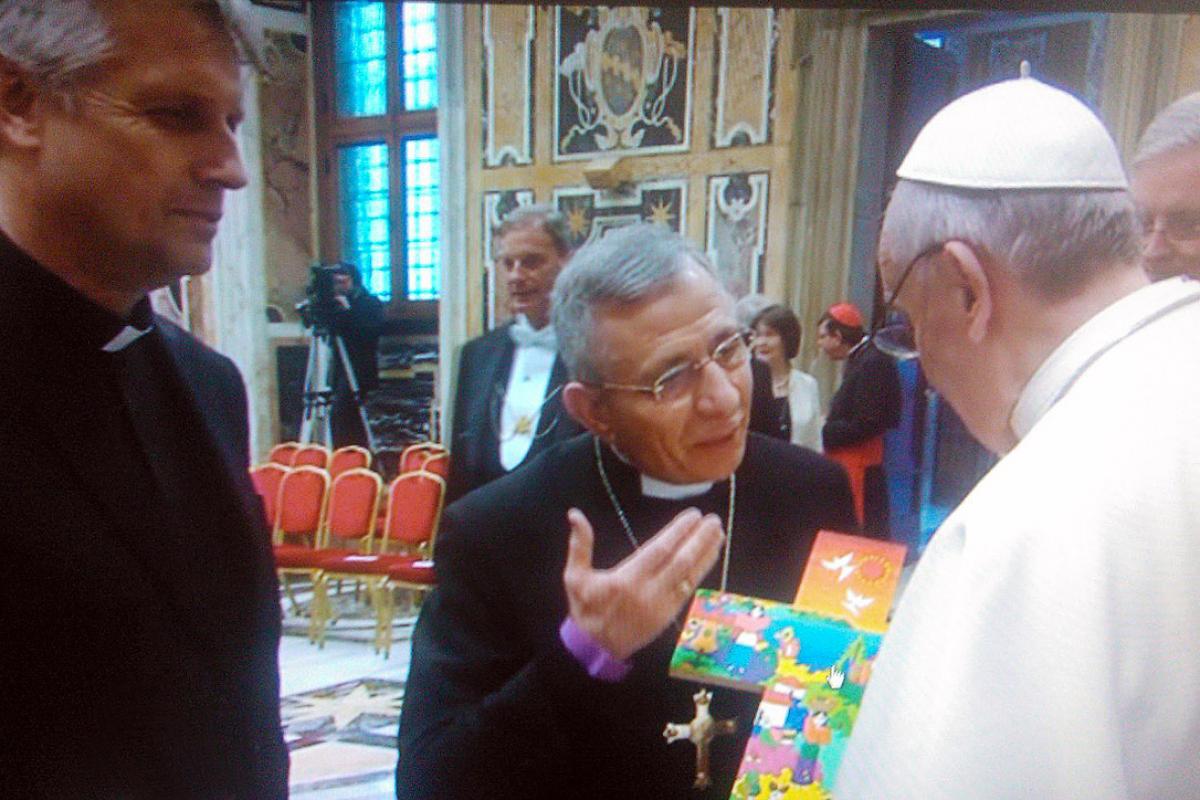 |
| Phyllis Edwards (1917-2009) |
(Source: Bob Williams, Episcopal Commons)
When Bishop James Pike of California declared Phyllis Edwards a deacon in San Francisco’s Grace Cathedral in September 1965, he presented her with a stole and New Testament, traditional symbols of the diaconate. This was the first time a deaconess – an office of ministry held by women in the United States since 1855 – had been recognized as a deacon, an order of ministry to which only men previously had been ordained. While General Convention asserted in 1964 that deaconesses were “ordered” rather than appointed, it acted in 1970 to place deaconesses officially within the order of deacons. Starting the following year, 1971, women were ordained to the diaconate in concurring dioceses. Of the San Francisco rite, the Associated Press reported: “Bishop Pike draped a red stole over the right shoulder of the white-robed deaconess as a symbol of her ministry…. The rites found the 48-year-old widow bright-eyed, pink-cheeked and far more calm than her fellow clergymen at the altar.”
Women and men continue to be ordained specifically as deacons – one of
Anglicanism’s three traditional orders of ministry – and charged as
follows per the 1979 Book of Common Prayer: “As a deacon in the Church,
you are to study the Holy
Scriptures, to seek nourishment from them, and to model your life upon them. You are to make Christ and his redemptive love known, by your word and example, to those among whom you live, and work, and worship. You are to interpret to the Church the needs, concerns, and hopes of the world. You are to assist the bishop and priests in public worship and in the ministration of God’s Word and Sacraments, and you are to carry out other duties assigned to you from time to time. At all times, your life and teaching are to show Christ’s people that in serving the helpless they are serving Christ himself.”
No account of the ordination of women to the priesthood and episcopate would be complete without recognizing not only the role of women ordained to the diaconate but also the ministries of laywomen across the church.
Earlier in the same year she was recognized as a deacon, Edwards marched with Dr. Martin Luther King Jr. from Selma to Montgomery and continued in civil rights activism in California. In the course of this work, she spoke out on the similarities between oppression of African Americans and that of women. She had arrived in San Francisco in 1964 to serve in the Mission District.
In 1969, the Diocesan Press Service noted: “Deaconess Phyllis Edwards reportedly became the first woman in the history of the Diocese of California to be placed in charge of a local church when the Rt. Rev. C. Kilmer Myers named her acting vicar of St. Aidan's, San Francisco. She will serve while the vicar, the Rev. Robert Cromey is on leave, but will not celebrate the Holy Communion.”
Born in Chicago on April 13, 1917, Edwards died on July 7, 2009, in Forks, Washington, at age 92.
Reporting on the rites in which Phyllis Edwards was declared a deacon, the 1965 Associated Press article from San Francisco is here.
Episcopal News Service obituary by Lynette Wilson is here.
Scriptures, to seek nourishment from them, and to model your life upon them. You are to make Christ and his redemptive love known, by your word and example, to those among whom you live, and work, and worship. You are to interpret to the Church the needs, concerns, and hopes of the world. You are to assist the bishop and priests in public worship and in the ministration of God’s Word and Sacraments, and you are to carry out other duties assigned to you from time to time. At all times, your life and teaching are to show Christ’s people that in serving the helpless they are serving Christ himself.”
No account of the ordination of women to the priesthood and episcopate would be complete without recognizing not only the role of women ordained to the diaconate but also the ministries of laywomen across the church.
Earlier in the same year she was recognized as a deacon, Edwards marched with Dr. Martin Luther King Jr. from Selma to Montgomery and continued in civil rights activism in California. In the course of this work, she spoke out on the similarities between oppression of African Americans and that of women. She had arrived in San Francisco in 1964 to serve in the Mission District.
In 1969, the Diocesan Press Service noted: “Deaconess Phyllis Edwards reportedly became the first woman in the history of the Diocese of California to be placed in charge of a local church when the Rt. Rev. C. Kilmer Myers named her acting vicar of St. Aidan's, San Francisco. She will serve while the vicar, the Rev. Robert Cromey is on leave, but will not celebrate the Holy Communion.”
Born in Chicago on April 13, 1917, Edwards died on July 7, 2009, in Forks, Washington, at age 92.
Reporting on the rites in which Phyllis Edwards was declared a deacon, the 1965 Associated Press article from San Francisco is here.
Episcopal News Service obituary by Lynette Wilson is here.


















